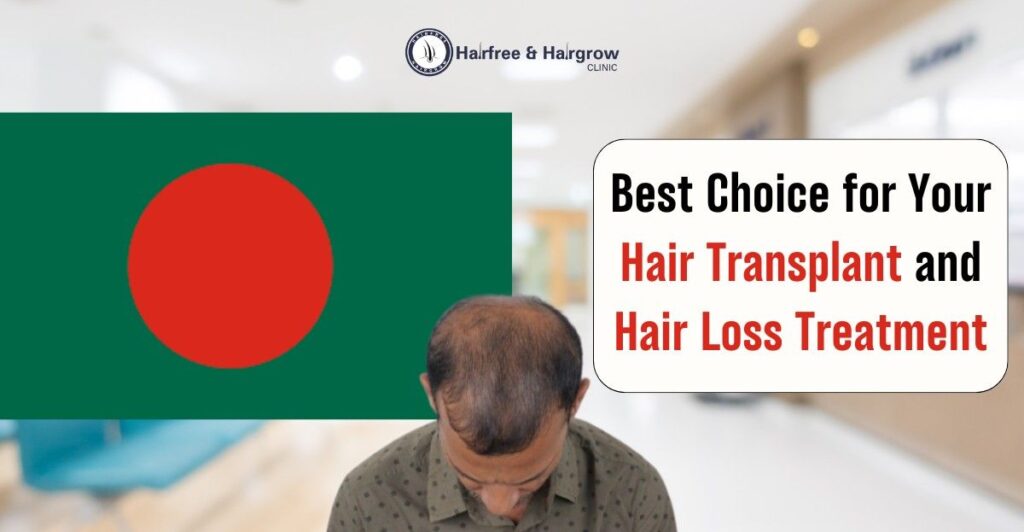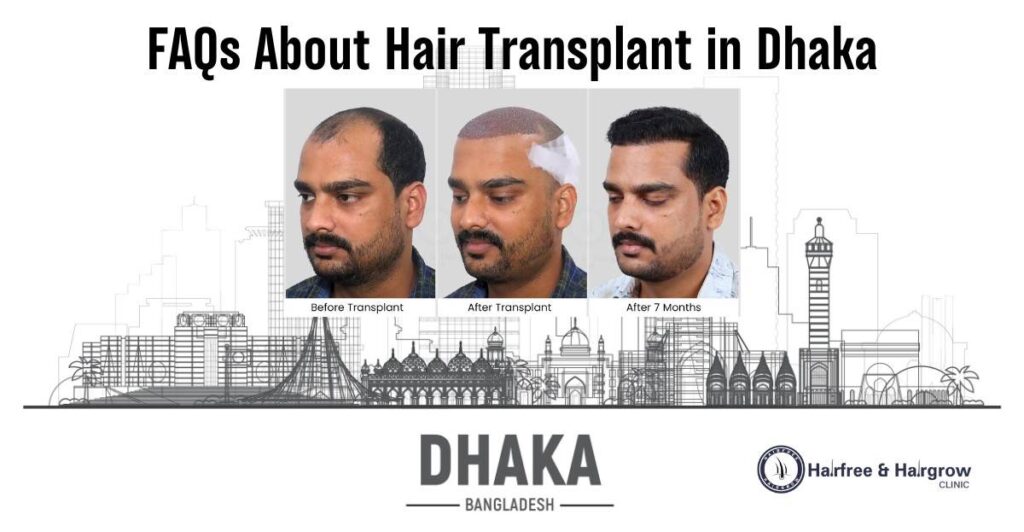Through the process of hair follicle production and hair growth, sculpting a hairdo can provide a person’s image of unsurpassed perfection. Therefore, hair transplant treatment is sought by numerous people.
However, what’s the case? Why do people wish to get hair transplant surgery? This is the subject of this article where we discuss the reasons for hair transplant, the process of the surgery, its advantages, and dangers.
Table of Contents
Understanding Hair Loss
As an introduction, it is worth untangling the problem before examining the hair loss causes. In other words, there are many ways hair loss can be caused and they include:
- Genetics: The most prevalent reason for baldness is genetic in origin and usually order genetic or male and female pattern baldness.
- Hormonal Change: How thin a person does their hair also mainly depends on the hormonal levels, however, this is mostly true in conditions like thyroid disorders and menopause.
- Stress Levels and Eating Habits: Stressful periods together with eating highly unhealthy diets, are also known to cause fast hair loss.
- Underlying Illnesses: Some illnesses and their treatment can cause people to lose their hair.

Reasons for Opting for Hair Transplant
- Restoration of Confidence
One of the motivating factors for hair transplant is the aspect of restoring self-confidence. The psychological effects of hair loss might lessen the confidence level in one’s life.
- Natural-Looking Results
In the case of hair transplants, whether it is the Follicular Unit Transplantation (FUT) method or the Follicular Unit Extraction (FUE) method, the outcome is hardly different from one’s hair.
- Permanent Solution
There are other solutions to hair loss that are not as effective and that are mainly cosmetic. The hair roots planted at the average person’s level where there is baldness are usually immune to a certain hormone.
- Lifestyle and Career Considerations
Some people tend to be more concerned about looking young in public. Therefore, the issue of hair loss becomes a problem for them thanks to its effects on their work-life balance.
- Social and Cultural Influences
Many societies view baldness as something associated with the old and weak. A full head of hair is seen as healthy, youthful, and beautiful in most of them. Within that society, especially the Western cultures, where physical beauty is greatly appreciated, hair loss can be debilitating.
5 Benefits of Hair Transplant Treatment
- Permanent Solution to Hair Loss
One of the most attractive aspects of hair transplants is that it is truly a solution to a problem. The hair follicles once implanted in the skin, do not go away to grow hair in some other location.
- Enhanced Appearance and Self-Esteem
When restoring lost hair, it is not only the appearance of a person that improves but also their self-confidence and level of narcissism. Hence the transformed patients claim to look younger soon after the treatment.
- Minimal Maintenance After the Procedure
Unlike wigs or hairpieces, once hair has been transplanted, very little upkeep is necessary. As the new hair grows, patients can care for the new growth in the same way as their hair without any added restrictions.
- Cost-Effectiveness in the Long Run
Although the cost of a hair transplant is high nowadays, the payment is made only once and is worth the results produced. On the other hand, constant costs incurred for short-term solutions make hair transplants cheaper in the long run.
- Safe and Effective with Minimal Side Effects
Hair transplant procedures, especially FUE, are carried out with minimal invasion and they have a high index of success. The side effects like mild swelling or discomfort, if at all, are only short-lived and they clear up in a matter of days.
Read More – What Kind of Doctor Treats Hair Loss
Understanding the Procedure
A hair transplant consists of taking hair follicles from a section of the body. In carrying out this hair transplant procedure the following two principal methods are employed:
- Follicular Unit Transplantation (FUT): A strip of skin is cut from the origin site bearing hair and follicles within that strip are obtained and inserted into required areas.
- Follicular Unit Extraction (FUE): Single units of hairs are obtained and inserted back into the scalp without leaving behind any major scars or skin cuts.
Potential Risks and Considerations
Hair transplants are almost always safe. Still, there are a few hair transplant risks and considerations that one must be cautioned on:
- Scarring: Linear scarring at the donor site is possible with the use of the FUT method while FUE only leaves behind small scarring that is not easily visible.
- Infection: With any form of surgical procedure performed there is always a slight chance possible of coming in contact with an infection. It can be reduced by adequate adherence to post-operative care.
- Shock Loss: Sometimes, the natural hair around the transplanted area may shed for a short and temporary period. This is more common in the first few months of healing.
Comparing Hair Transplants with Other Hair Restoration Methods
It is important to explain the difference between hair transplants and other techniques such as:
- Topical treatments: Utilize topical agents that slow down the rate of hair thinning, such as minoxidil which has no long-term effects.
- Wigs and hairpieces: These are different from hair transplants yet most of them require some level of care, fitted ones do not even look natural.
Conclusion
Why do people want to have hair transplants? The motives differ, restoring self-esteem or simply wanting a permanent fix for hair loss. Modern methods have made it possible for many to consider the surgical benefits of hair restoration. As a low-maintenance, cost-effective, and long-lasting solution that outweighs the risks involved in the procedure.
FAQ
Typical ones are restoring faith in one’s attractiveness, looking for natural effects, and resolving baldness permanently.
Transplanted hair grows as it is supposed to, but the surrounding natural hair starts thinning over the years.
Consider the experience of the surgeon, potential risks, and the long-term results you hope to achieve.
Indeed, hair transplants are deemed as a long-lasting solution for hair loss since the hair follicles that are transplanted do not stop growing.

Written By
Medical Officer & Hair Transplant Surgeon
Dr. Nazmin Sultana Nipa is a distinguished hair transplant doctor in Bangladesh, known for her advanced skills in hair restoration. As a Medical Officer and Hair Transplant Surgeon, Dr. Nipa combines her extensive experience in the field with a focus on transparency and patient-centered care.
Disclaimer
We’ve made all possible efforts to ensure that the information provided here is accurate, up-to-date and complete, however, it should not be treated as a substitute for professional medical advice, diagnosis or treatment. See Detailed Disclaimers Here.



